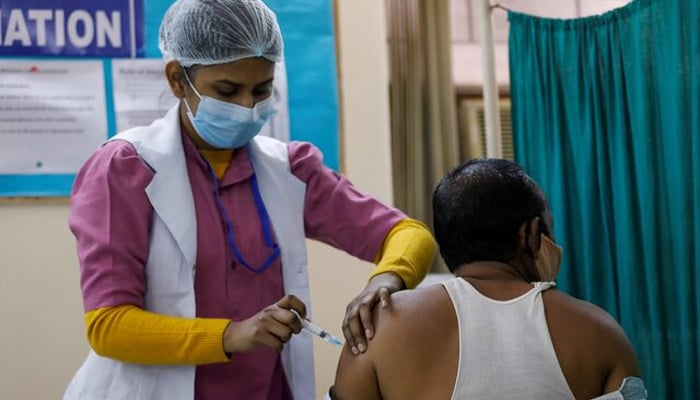

A food crisis triggered by the most severe drought in the last 40 years in southern Africa has left 15 million people in need of urgent food assistance beginning this month.
The region is experiencing the worst drought in 40 years, primarily affecting Zambia, Malawi, Zimbabwe, Mozambique, Namibia, Angola, Botswana and Lesotho due to the El Nino weather phenomenon that has been in effect since July 2023, according to the World Meteorological Organization.
Regional countries, which faced their worst harvest in the last five years in April because of the drought, are now confronting a serious food crisis as stocks run low.
Furthermore, malnutrition and water scarcity are expected to lead to a significant rise in epidemic diseases in the coming months.
- More than 22 million face high levels of food insecurity
According to data from the Southern African Development Community (SADC), the total population of Zambia, Malawi, Zimbabwe, Mozambique, Angola, Namibia, Lesotho and Botswana -- the countries most affected by the drought-hit 130 million.
More than half, around 68 million, require varying levels of assistance due to drought and famine.
"Famine in Southern Africa," a report by the World Health Organization (WHO) on Oct. 14, said more than 22 million people in the region are facing high levels of food insecurity.
The report highlights that six months before the upcoming harvest period next April, the food stocks of countries in the region have reached a critical point.
This situation has led to 15 million people needing urgent food aid starting this month, indicating a severe humanitarian crisis expected to unfold in the coming month.
The report noted that 2 million children are suffering from acute malnutrition, with 500,000 facing severe "wasting."
- Countries most affected by food crisis
Zambia, Malawi, Zimbabwe, Namibia, Lesotho and Botswana are the six southern African countries that have declared a state of emergency due to famine and drought, along with Mozambique and Angola, which are also deeply affected by the disaster, according to WHO data.
Zambia tops the list with 5.8 million facing high levels of food insecurity.
Following Zambia, Malawi has 5.7 million affected, Zimbabwe 4.4 million, Mozambique 3.3 million, Angola 1.5 million, Namibia 1.2 million, Botswana 400,000, and Lesotho has 37,000.
- Increase in disease outbreaks expected
Additionally, millions are experiencing water shortages as sources dry up in the region.
Limited access to drinking and household water increases the risk of waterborne diseases spreading.
The WHO report predicts that, along with malnutrition and harsh living conditions, there could be an increase in cases of cholera, malaria, polio, tuberculosis and measles in the coming months.
- Energy crisis
For countries in the region that heavily rely on hydropower for electricity generation, the drought also signifies an energy crisis.
According to a report in September by the UN Office for the Coordination of Humanitarian Affairs (OCHA), Namibia has experienced daily power outages lasting up to 21 hours in September, with reservoir levels dropping to around 30%.
In Zambia, where electricity production significantly relies on the Kariba Dam on the Zambezi River, the water level has fallen below 8%, leading to an average of only three hours of electricity supply per day.
- Rainy season approaching
The World Meteorological Organization forecasts that the region is expected to be under the influence of the La Nina weather phenomenon starting next month.
Unlike El Nino, which caused the drought in the region, La Nina typically leads to above-average heavy rainfall in the area.
While the situation is significant for replenishing water resources, it is also predicted that potential floods and waterlogging could adversely affect agriculture in the region.
Moreover, the region must wait for the harvest expected in April to recover from the effects of the drought.











